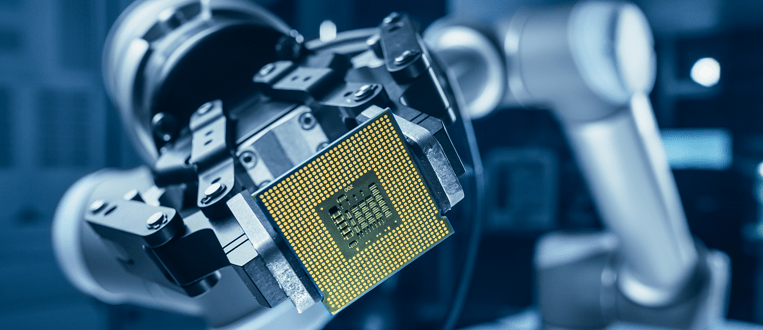19, May 2020
MATTR: A Timely Resource for Manufacturers

How can small and medium-sized manufacturers (SMMs) gain insights into new technologies to incorporate into their businesses? Develop new applications of existing products? Resolve longstanding issues in production or resolve quality assurance issues in product evaluation? They need MATTR, the MEP-Assisted Technology and Technical Resource.
MATTR, a service offering of NIST MEP (National Institute of Standards and Technology Manufacturing Extension Partnership), provides a mechanism for manufacturers to connect with the technical experts, facilities and other resources of the NIST laboratories. Accessible only through the MEP National Network™ of which NIST MEP is the federal partner, the MATTR service is open to even the smallest manufacturers in the country via their local MEP Center. Center representatives are available for on-site evaluations designed to uncover how advanced manufacturing technologies can impact a manufacturing business — and to recommend feasible options specific to a company’s operation and workforce. If a need arises for technical assistance that might be available from the NIST labs, the Center representative submits a MATTR request to start the process.
Research occurring at the NIST labs covers many areas in current and future manufacturing technologies important in the United States, including the aerospace and automotive industries, biosciences, cybersecurity, material sciences, robotics and additive manufacturing. This research portfolio serves as an excellent resource for SMMs in understanding how to apply technologies to enhance their manufacturing practices. Additive manufacturing, as an example, has opened new doors to efficiency, speed and cost-reduction. It has also introduced challenges common with all new technologies: a lack of established methods. Through MATTR, SMMs can receive guidance in applying this emerging technology to their manufacturing operations.
Why Does MATTR Matter?
NIST labs focus on research in engineering, material measurement, physical measurement, communications technology, information technology and nanotechnology. MATTR is a way for MEP Center staff to help their clients put these technologies to use in the real world.
Additionally, NIST joint institutes and centers of excellence specialize in cybersecurity, materials design, biosciences and many other technical fields. With this NIST knowledge base available through MEP Center staff, SMMs have access to world class, federally funded resources that can help chart a successful path to the future.
When companies work with the NIST labs, they don’t just help themselves — they help America’s efforts to advance its entire manufacturing sector. The experience and data gained from helping companies lets NIST continuously learn and enhance its capabilities. MATTR is a bi-directional conduit that allows NIST staff to share their technology knowledge, while helping them better understand the real needs of SMMs and the U.S. manufacturing ecosystem in order to guide future research.
MATTR in Action
One of the ways MATTR support can be accessed is through a potential Cooperative Research and Development Agreement (CRADA) between the Center’s manufacturing client, NIST and NIST MEP. NIST MEP can cover the costs associated with NIST lab staff participating in a CRADA for activities occurring at NIST, potentially up to $50,000. This can include such activities as special measurements, tests and NIST user facility access.
For example, Innovate Hawaii, the Hawaii MEP Center, contacted the MATTR service on behalf of a small photonics company that had developed a unique confocal microscope with a Small Business Innovation Research (SBIR) grant. The company needed help in testing and evaluating its microscope with an advanced laser light source. The MATTR service identified a NIST scientist who was very interested in pursuing a research project with the company because of the potential capabilities of the ultra-fast laser and advanced microscope pair. As a result, there is now a CRADA between the company and NIST.
To learn more about how manufacturers can use MATTR to access the expertise and resources of NIST labs, connect with your local MEP Center.
Blog originally appeared here.